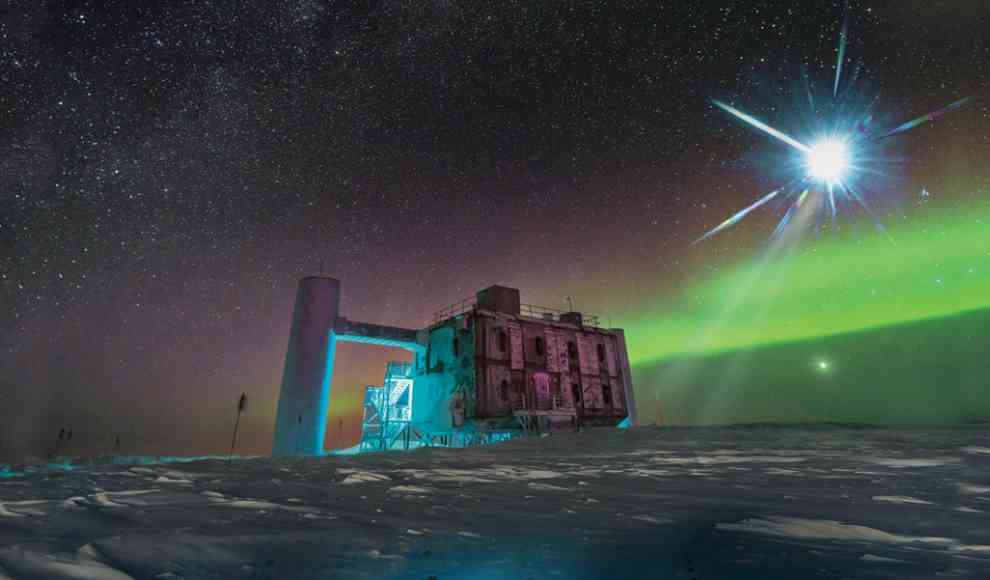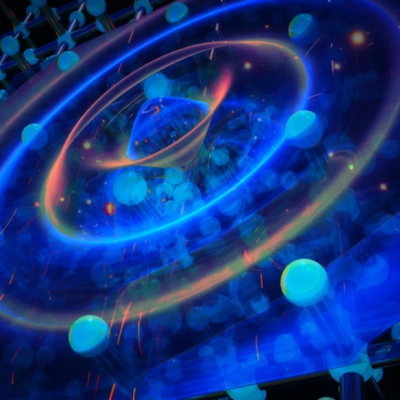In the depths of the Antarctic, scientists have been left scratching their heads over a mysterious anomaly that has yet to be explained. The ANITA anomaly, as it is known, was first detected in 2018 by a scientific balloon that recorded unusual radio waves above the continent. The data was so peculiar that some physicists believe it could only be attributed to unknown elementary particles. However, other explanations have been proposed, but they are becoming increasingly unlikely.
The ANITA anomaly has been a puzzle for scientists since it was first detected. The IceCube Observatory, also located in Antarctica, has re-analyzed the data and found that the anomaly cannot be explained by conventional physics. Neutrinos, electrically neutral elementary particles with a very low mass, are one possible explanation. However, the data shows that the particles did not come from space but from the Earth’s surface. This means that they must have come from the space, passed through the Earth, and then emerged from the Antarctic ice, where they were detected by the ANITA balloon. This can only be explained by neutrinos or a new, hypothetical particle.
Many physicists believe that it is unlikely that neutrinos caused the anomaly, as they would have to come from a distant source in the universe. Detectors around the world and in Earth’s orbit that can directly detect neutrinos did not observe any such cosmic event at the time of the ANITA recording. Other possible explanations include a new particle predicted by theoretical models such as supersymmetry, or radio waves caused by fluctuations in the Earth’s magnetic field. Cosmic particle showers that were unusually reflected by the ice in Antarctica are also possible.
The ANITA anomaly remains a mystery, and scientists are continuing to investigate. The discovery of a new particle or a better understanding of the properties of neutrinos could provide answers to this enigma.










